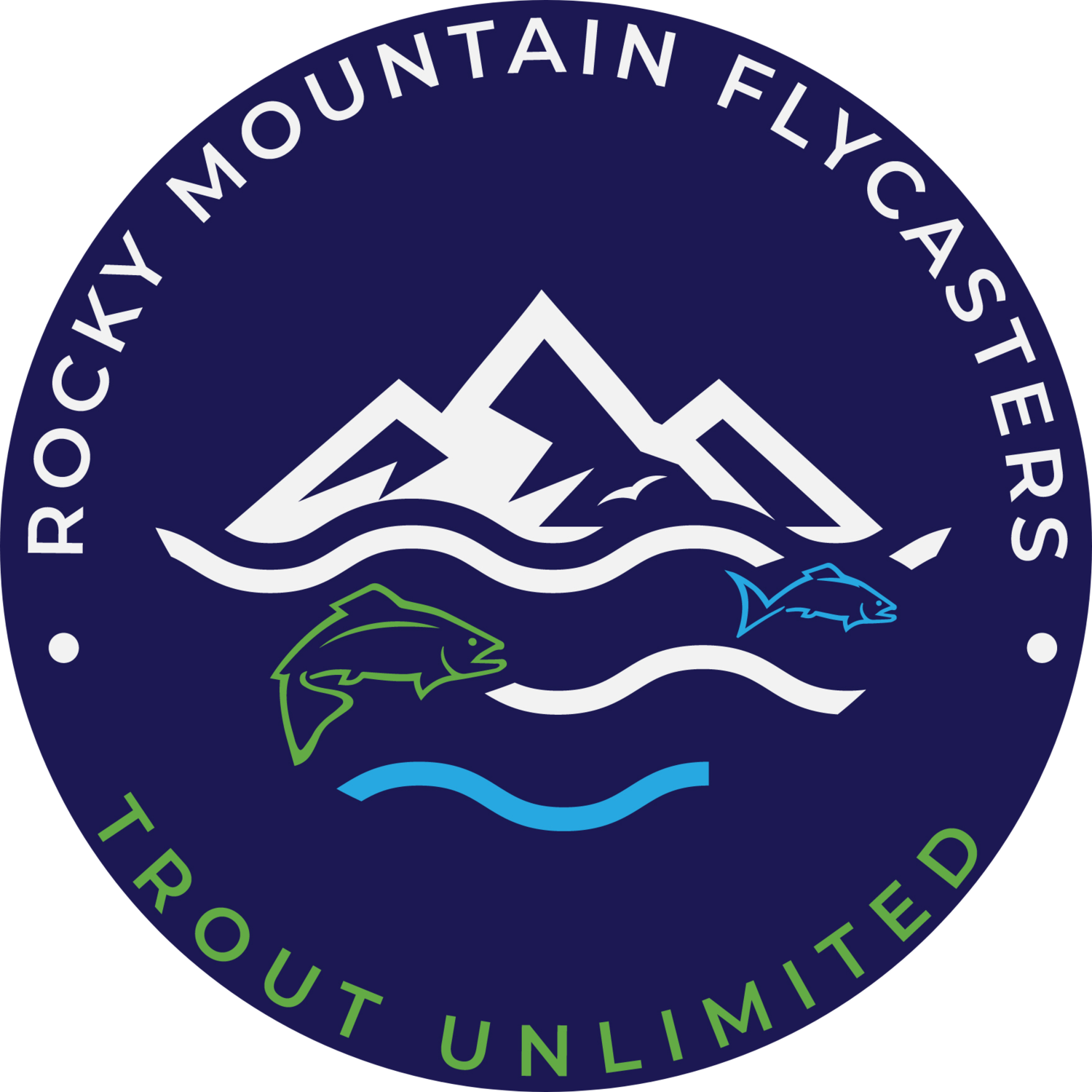
Conservation Resources
Over the years that Rocky Mountain Flycasters has been involved with restoration field work, we have acquired information from various sources, we believe are helpful in guiding restoration efforts. While we use this information in projects we are directly involved in, it is also information that could be of value to the individual. Especially, an individual that owns property adjacent to streams, rivers, or riparian areas. Having knowledge of accepted practices and materials for use in restoration can help to mitigate the long-term negative effects of improper applications or planting of non-native plant species.
We do caution you that almost all work done near streams and rivers, and especially within the high-water line of streams and rivers, must go through a substantial review process by the proper public agency. The information contained within this resource section is meant to only inform. It is not meant to be used in any fashion that bypasses required Local, State and/ or Federal review processes.
In 2015, in response to the Front Range floods of 2013, Rocky Mountain Flycasters was awarded a grant through the Colorado Water Conservation Board. One of the specific outcomes within the grant was to develop and produce written information for the public use. Those completed publications are: Living Streambanks a bio-stabilization Manual and a searchable plant propagation database that allows the user to find native plants, shrubs, and trees suitable for use in specific County and relative elevation instances, and Field Guide For Harvesting And Installing Willow and Cottonwood Cuttings
We further invite you to visit our good friends at the Coalition for the Poudre River Watershed and the Big Thompson Watershed Coalition. Both outstanding organizations are developing and cataloging tremendous amounts of research and data available to the public.
